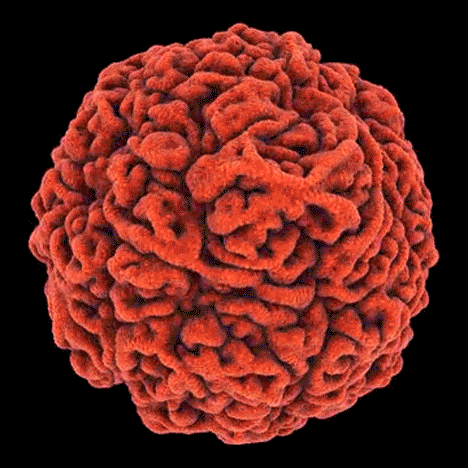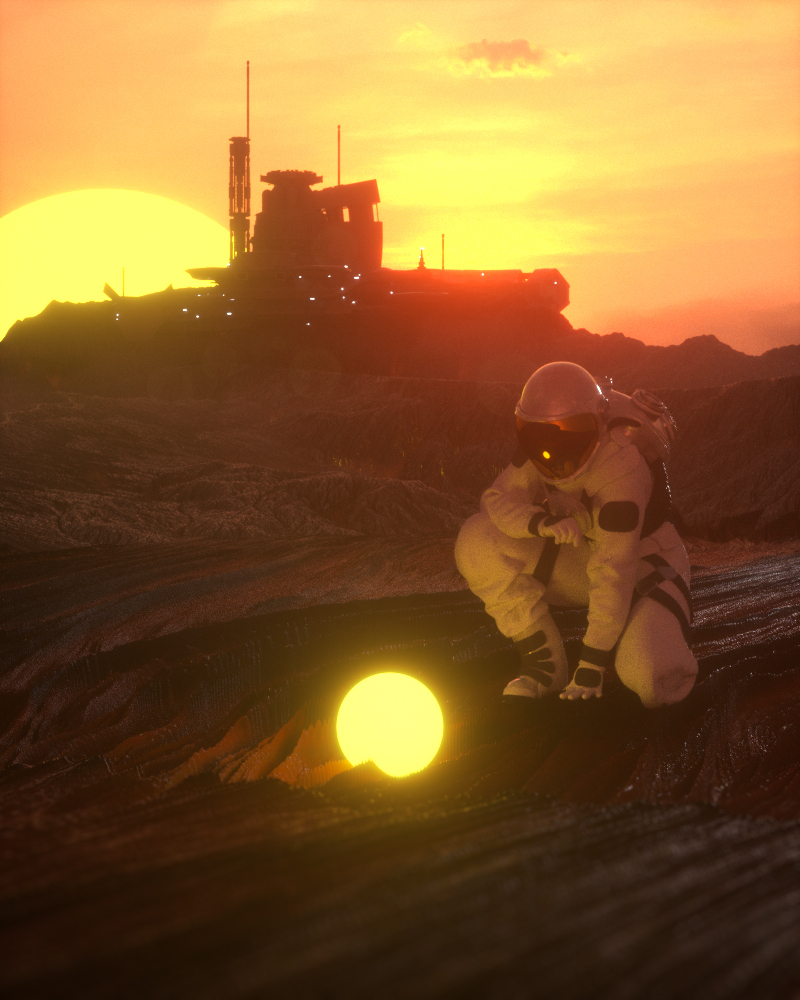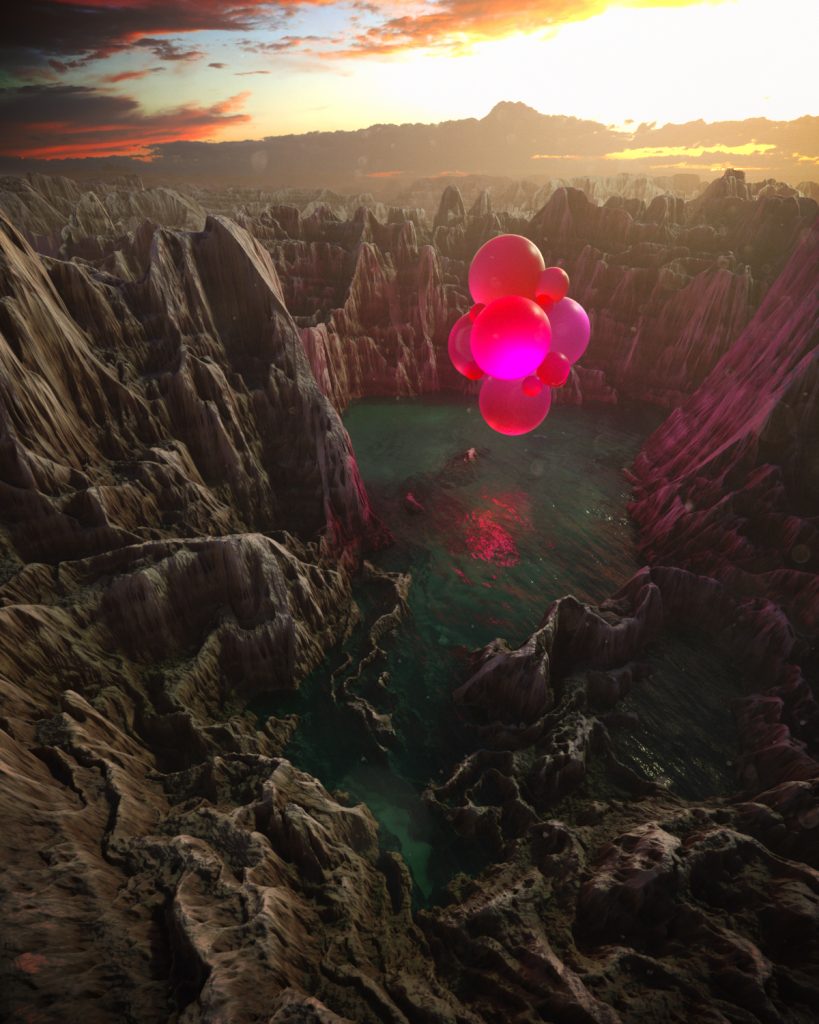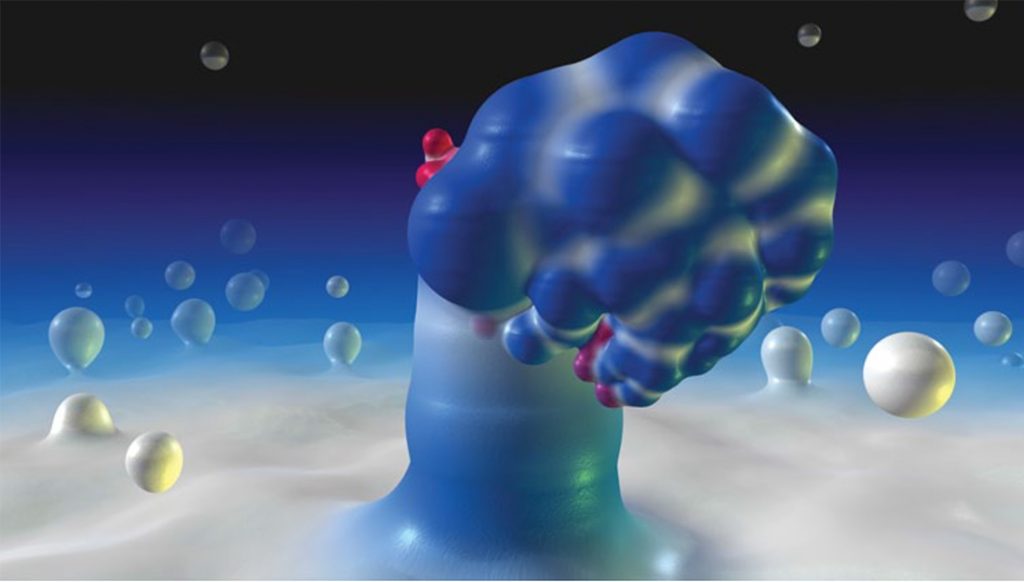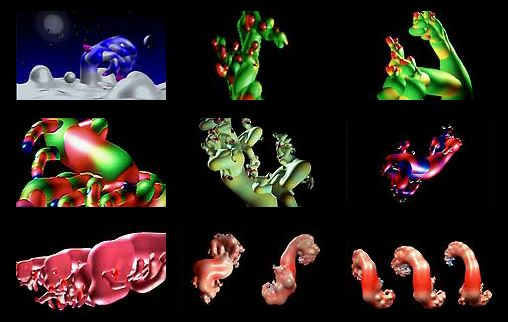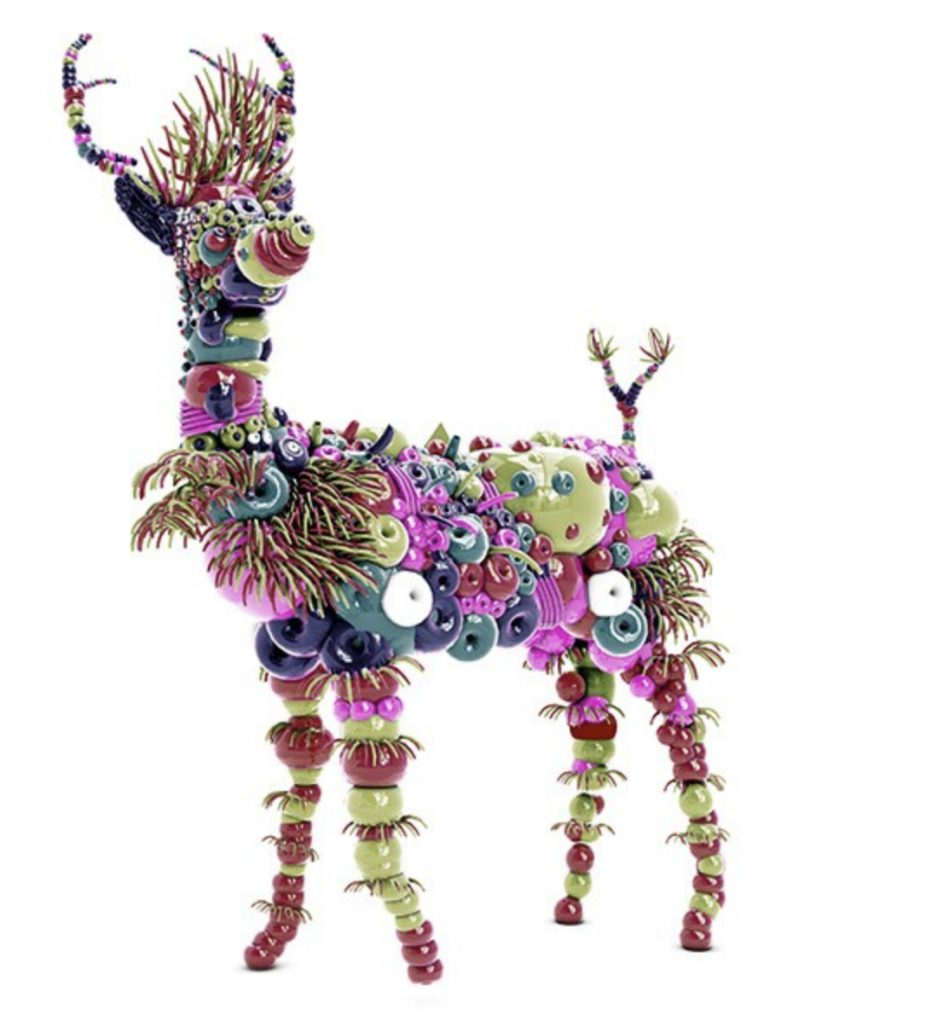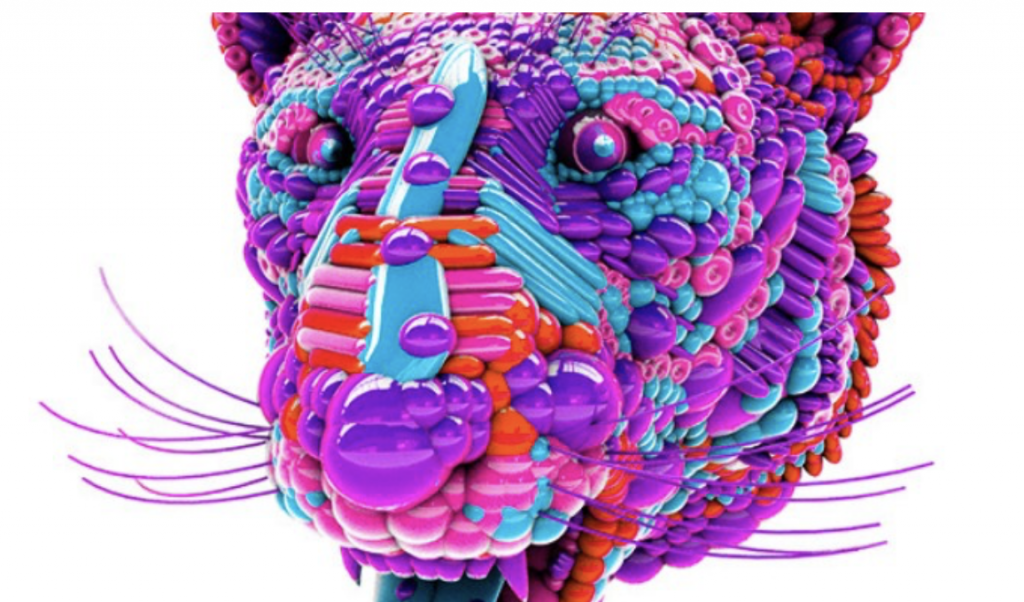Artist: Dom&Nic
Year: 2016
The music video of the song ‘Wide Open’ by The Chemical Brothers is directed by the director group Dom&Nic. In this seemingly one take 4 minutes film, the parts of dancer’s body slowly turn in to 3D printed lattice structure – a subsequent loss of her old self. This work was done by successfully merging the actions of the dancer with a 3D digital model. This genuine process involved with 1) Scanning dancer in full to create an exact digital replica 2) using in-house software to scan the background without the dancer for clean plates 3) camera shooting with meticulous tracking, 3d match-moving and animation.
I like this project because the technology really serves the vision of the artist. The dancer is now literally hollow, matching to the lyrics of the song.
![[OLD FALL 2019] 15-104 • Introduction to Computing for Creative Practice](../../../../wp-content/uploads/2020/08/stop-banner.png)
